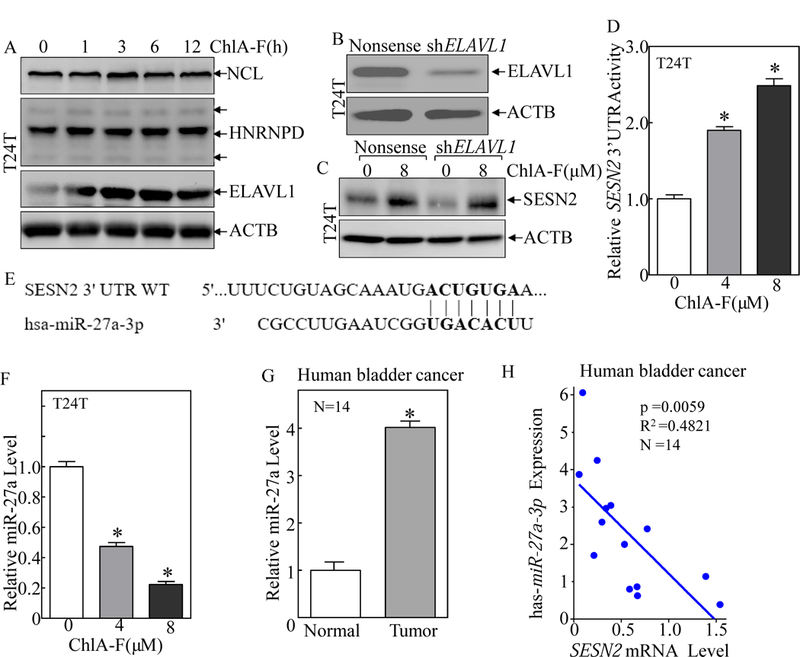Fig. 4. ChlA-F treatment promoted SESN2 mRNA 3’UTR activity accompanied by attenuation of miR-27a expression in human invasive BC cells.

(A) T24T cells were treated with ChlA-F (8 µM) for the indicated periods. The total cell extracts were subjected to Western Blot analysis of expression of HNRNPD, ELAVL1, NCL. (B & C) T24T cells were transfected with an shRNA specifically targeting human ELAVL1 or nonsense control constructs. The cell extracts from stable transfectants were subjected to Western Blot analysis for determination of ELAVL1 expression (B).The stable transfectants were treated with ChlA-F for 12 h, and the cell extracts were subjected to Western blot analysis for SESN2 expression (C). (D) SESN2 3’UTR luciferase reporter was transiently transfected into T24T cells, and the transfectants were subjected to Western Blot to determine the effect of ChlA-F on SESN2 mRNA 3’UTR activity in T24T cells following ChlA-F treatment for 12h. The symbol (*) indicated a significant increase of SESN2 3’UTR activity in comparison to the vehicle control (P<0.05). The results are shown as Mean ± SD from three independent experiments. (E) The binding site of miR-27a in 3’UTR of human SESN2 mRNA was analyzed and presented as indicated. (F & G) The relative expression level of miR-27a was evaluated by quantitative real-time PCR in T24T cells following ChlA-F treatment at different concentrations for 12 h (F) and in human bladder cancer tissues as compared to the corresponding adjacent normal bladder tissues (G). The symbol (*) indicates a significant increase in comparison to normal bladder tissues. (H) The correlation analysis of pathophysiological association between miR-27a and SESN2 mRNA in human BC tissues.
